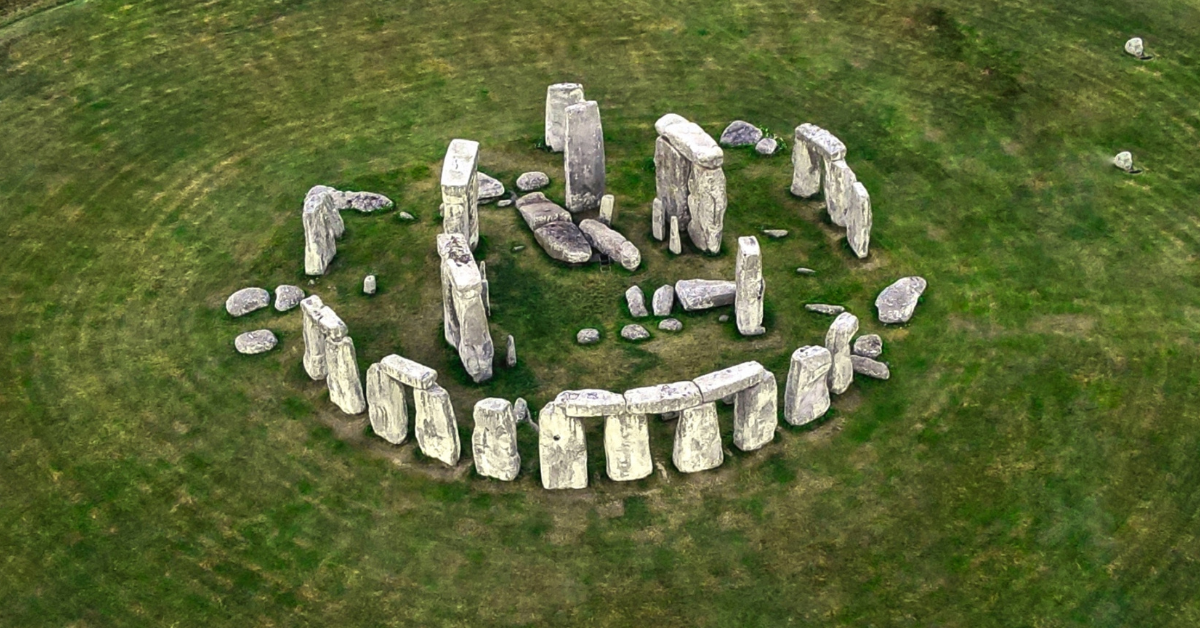Stonehenge and Avebury are not only remarkable archaeological sites but also deeply spiritual places for many Japanese visitors. Travelers from Japan often describe feelings of mystery, harmony with nature, and cultural connection, interpreting these megalithic monuments as more than just tourist attractions.
First Impressions of Japanese Visitors
When Japanese travelers first arrive at Stonehenge or Avebury, they are immediately struck by the “overwhelming presence of the massive stones.” Towering several meters high and weighing dozens of tons, arranged in a circular formation, the sight is unlike anything seen in daily life in Japan. Visitors often wonder, “How were these transported?” or “What purpose did they serve?”—questions accompanied by astonishment.
Japanese visitors also approach with a strong historical perspective. They often compare the monuments to Jomon-period remains or Japan’s ancient burial mounds (kofun). While kofun were primarily constructed as tombs for rulers, Stonehenge and Avebury are thought to be linked to solar movements and ritual practices. Recognizing this difference leads many Japanese to reflect that “although cultures differ, humanity has always sought meaning in the heavens and nature.”
Japanese First Impressions
| Impression | Common Reaction | Background |
|---|---|---|
| Scale of Stones | “How could they build this?” | Surprise at human effort and technology |
| Historical Context | “Very different from kofun in Japan” | Comparison with local heritage |
| Sense of Mystery | “Sacred harmony with nature” | Resonance with Japanese nature worship |
| Magnitude | “Much larger than expected” | Contrast with photos and expectations |
Feelings of Mystery and Spiritual Experience
Japanese culture has long treated nature as sacred. Mountains, giant trees, and rocks are often seen as dwelling places of deities. Because of this worldview, Japanese travelers instinctively interpret the megaliths as “places of prayer.”
Visitors frequently express feelings such as, “The sky, earth, and stones form a single unity,” or “Just standing here, I can feel a powerful energy.” Learning that the stones align with the sunrise during solstices, many speculate that they may have served as a kind of calendar. This resonates deeply with Japanese people, since their agricultural culture has long been guided by the sun and seasonal rhythms.
Others comment, “It feels similar to the solemn mood when passing under a shrine’s torii gate.” In this way, the visit becomes a spiritual experience as well as a historical one.
Spiritual Impressions of Japanese Visitors
| Sensation | Example Comment | Related Japanese Tradition |
|---|---|---|
| Place of Prayer | “I felt the prayers of ancient people” | Shinto shrine rituals |
| Harmony with Nature | “The sky and stones looked connected” | Mountain worship |
| Energy | “I could feel power from the stones” | Japanese power spot culture |
| Flow of Time | “I felt I was sharing the same sky as people thousands of years ago” | Historical perspective |
Common Comments from Japanese Travelers
| Type of Impression | Example Comment | Background |
|---|---|---|
| Sense of Mystery | “I felt connected to the universe” | Importance of unity with nature |
| Historical Surprise | “How did they raise these stones thousands of years ago?” | Fascination with technology |
| Harmony with Nature | “The stones, earth, and sky form a beautiful whole” | Appreciation of scenery |
| Cultural Comparison | “It feels like shrines or ancient tombs in Japan” | Linking with domestic traditions |
Cultural Resonance with Japan
When viewing Stonehenge or Avebury, many Japanese feel a sense of familiarity or nostalgia. Japan has its own megalithic traditions—from kofun burial mounds to the Ishibutai Tumulus and ancient stone worship practices. Seeing these sites abroad, Japanese travelers perceive common ground.
Shrines in Japan also feature stone steps and torii gates harmoniously placed within natural settings. As a result, when they see megaliths rising from the English countryside, they often think, “This feels like Japan’s shrines, blending seamlessly with nature.”
Cultural Resonance between Japan and Stonehenge
| Aspect | Japan | Stonehenge & Avebury | Common Ground |
|---|---|---|---|
| Purpose | Prayer, ritual, authority | Solar worship, rituals | Spiritual centers for people |
| Relationship with Nature | Mountains and forests as sacred | Sun and earth emphasized | Harmony between humans and nature |
| Structure | Burial mounds, torii | Circular stone settings | Stone as a medium of faith |
The Value of Travel for Japanese Visitors
For Japanese people, travel is not merely about sightseeing but about seeking “experiences that remain in the heart.” Stonehenge and Avebury are highly valued because they provide an atmosphere and scale impossible to capture in photos or videos.
Travelers often recall, “I’ll never forget the sound of the wind and the feel of the air,” or “The sunrise over the stones was breathtaking.” Many also express a desire to return, explaining, “The mood changes with the weather and light,” or “Every visit brings new discoveries.”
Experiential Value for Japanese Travelers
| Type of Experience | Example Comment | Characteristic |
|---|---|---|
| Sensory Experience | “I felt the wind and air on my skin” | Atmosphere beyond photos |
| Flow of Time | “The play of sun and stone shadows was striking” | Connection to celestial cycles |
| Desire to Revisit | “Each visit shows a different face” | Motivation for repeat travel |
| Spiritual Realization | “I was moved to think I share the same sky as ancient people” | Unity with history |
Conclusion
For Japanese people, Stonehenge and Avebury are far more than ancient ruins. They represent a fusion of intellectual curiosity (“How were they built?”), spiritual awe (“Sacred harmony with nature”), and cultural resonance (“Parallels with Japan’s own heritage”).
Their impressions can be summarized with three words: “mystery,” “sacredness,” and “prayer.” These experiences remain deeply engraved in memory long after the journey ends. For international travelers, understanding Japanese perspectives offers fresh insight into cultural exchange and may enrich one’s own visit to these timeless monuments.






